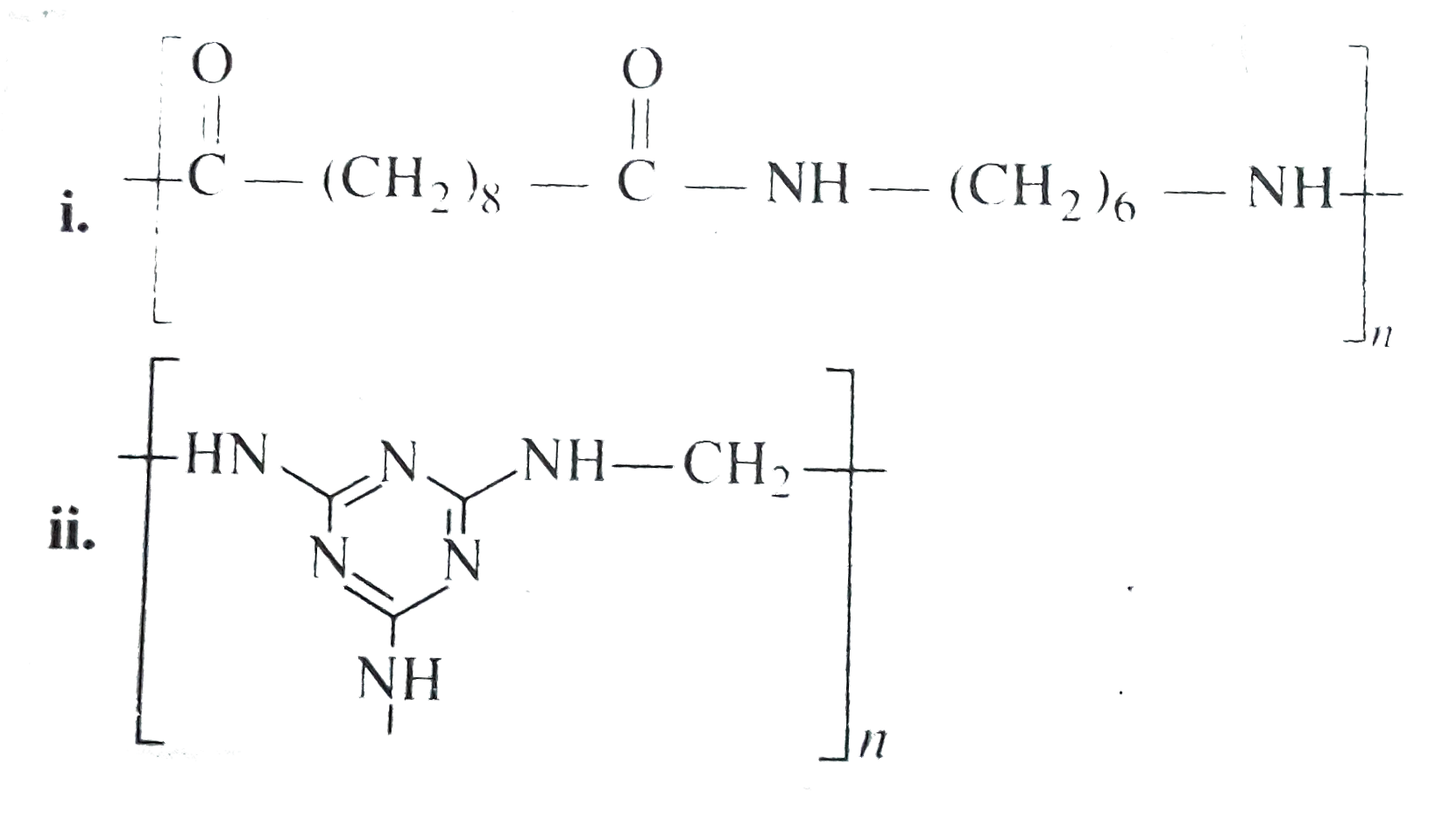Identify the antibody on the basis of following information -
I. Exist as monomer II. Highest in concentration in blood .
lgG
IgM
IgE
IgA
The correct Answer is:A
To identify the antibody based on the provided information, we can follow these steps:
Step 1: Analyze the Given Information
The question states two key characteristics of the antibody:
1. It exists as a monomer.
2. It is the highest in concentration in blood.
Step 2: Review Antibody Types
We need to consider the different types of antibodies (immunoglobulins) and their characteristics:
- IgG:
- Exists as a monomer.
- Highest concentration in blood.
- IgM:
- Exists as a pentamer (not a monomer).
- First antibody produced in response to an infection.
- IgA:
- Usually found as a dimer in secretions, but can exist as a monomer in serum.
- Primarily found in mucosal areas and secretions.
- IgE:
- Exists as a monomer.
- Involved in allergic reactions and defense against parasites, but not the highest in blood concentration.
Step 3: Identify the Correct Antibody
Based on the analysis:
- IgG is the only antibody that meets both criteria: it exists as a monomer and is the highest in concentration in the blood.
Conclusion
The antibody that fits the description is IgG.
Final Answer
The correct answer is IgG.
---
The question states two key characteristics of the antibody:
1. It exists as a monomer.
2. It is the highest in concentration in blood.
We need to consider the different types of antibodies (immunoglobulins) and their characteristics:
- IgG:
- Exists as a monomer.
- Highest concentration in blood.
- IgM:
- Exists as a pentamer (not a monomer).
- First antibody produced in response to an infection.
- IgA:
- Usually found as a dimer in secretions, but can exist as a monomer in serum.
- Primarily found in mucosal areas and secretions.
- IgE:
- Exists as a monomer.
- Involved in allergic reactions and defense against parasites, but not the highest in blood concentration.
Based on the analysis:
- IgG is the only antibody that meets both criteria: it exists as a monomer and is the highest in concentration in the blood.
The antibody that fits the description is IgG.
The correct answer is IgG.
Topper's Solved these Questions
Similar Questions
Knowledge Check
Identify the highest energy photons of the following
AIndustrial strength microwave cookersBHigh power AM radio transmitters that cover thousands of square milesCWaves from atomic electron transitions among outer orbitsDWaves from atomic transitions to inner orbitsIdentify the functions of blood from the following.
(i) Transportation of nutrients
(ii) Regulation of body temperature
(iii) Exchange of gases
(iv) Protection against infectionsA(i),(iv)B(ii),(iii)C(iii),(iv)D(i),(ii) , (iii),(iv)Which of the following factors is responsible for the formation of concentrated urine?
ALow levels of antidiuretic hormoneBMaintaning hyperosmolarity towards inner medullary interstitium in the kidneys .CSecretion of erythropoietin glomerular filtrationDHydrostatic pressure during glomerular filtration
Identify the following blood vessels -

View Solutioncalculate following ratiops on the basis of the following information:
(i) Gross profit ratio,, (ii) current ratio, , (iii) Acid test ratio, and , (iv) inventory tunover ratio.

View SolutionIdentify the following body organizations on the basis of germinal layers:

View SolutionOn the basis of the following information, calculate:
(i) Debt to Equity Ratio and (ii) Working Capital Turnover Ratio.

View SolutionOn the basis of the following information calculate:
(i) debt to equity ratio, and , (ii) working capital turnover ratio.

View Solution

